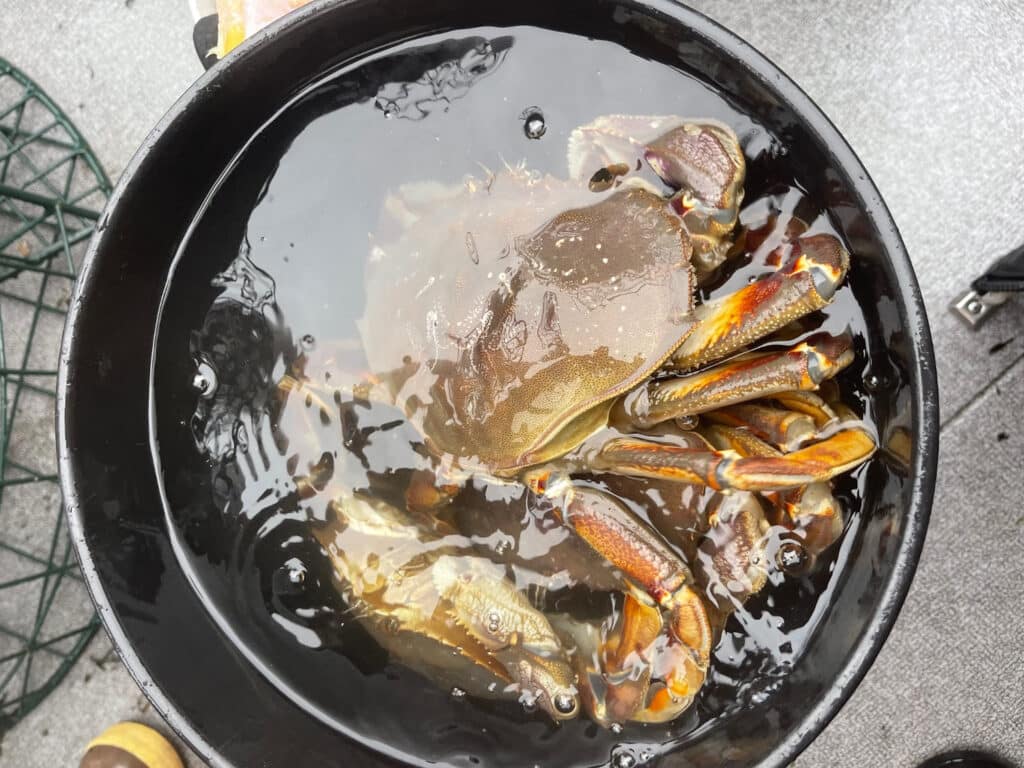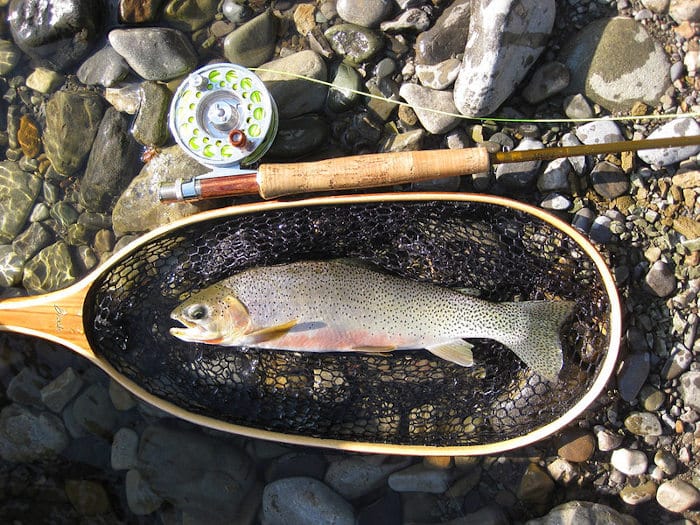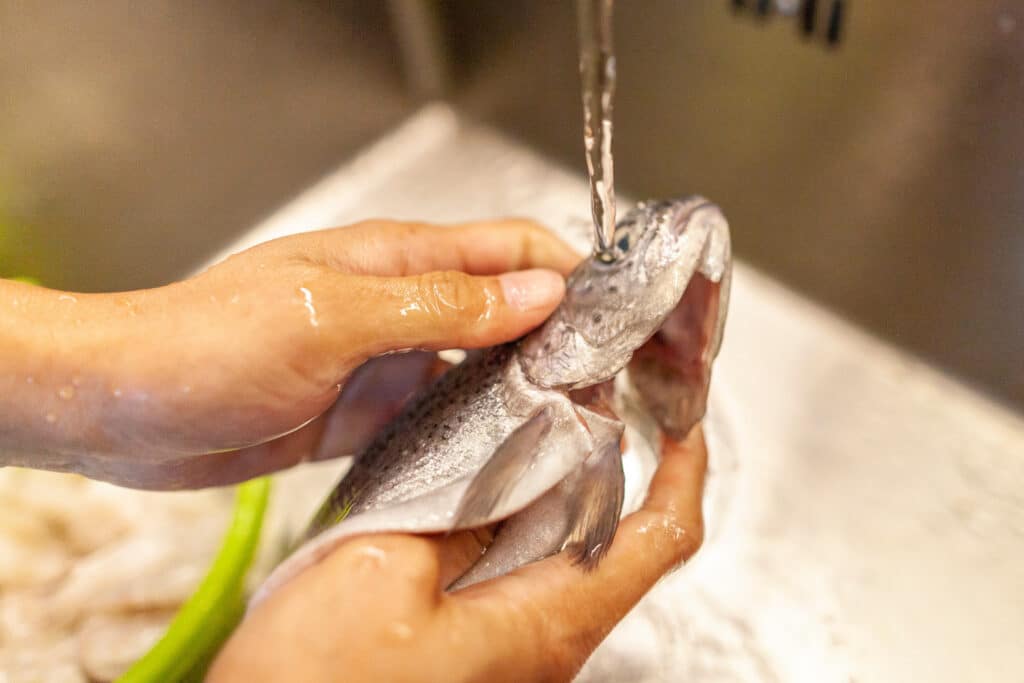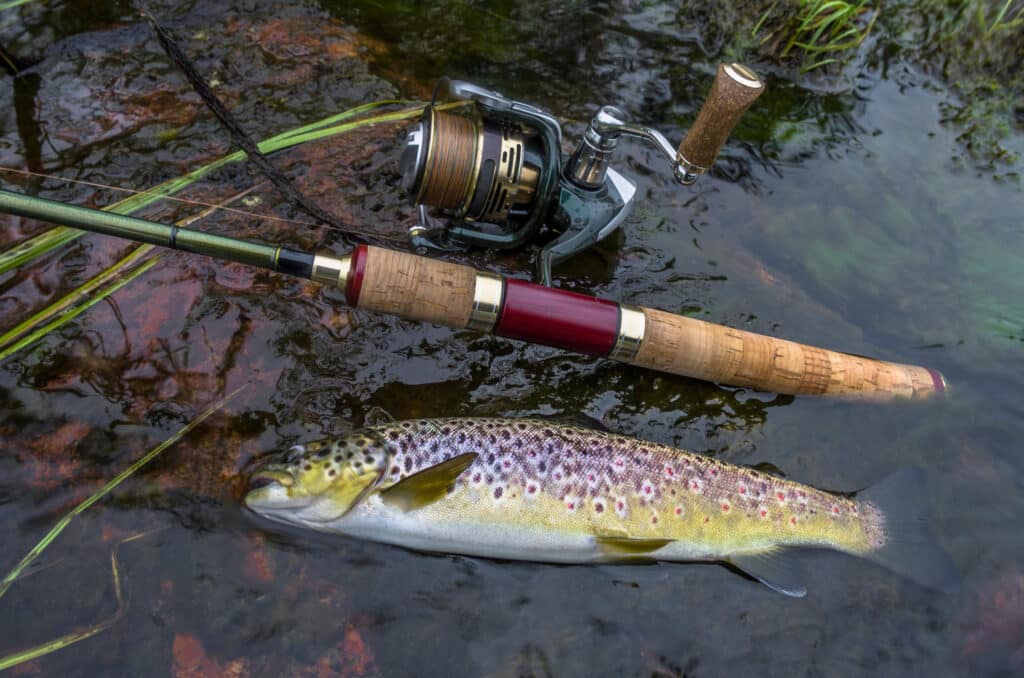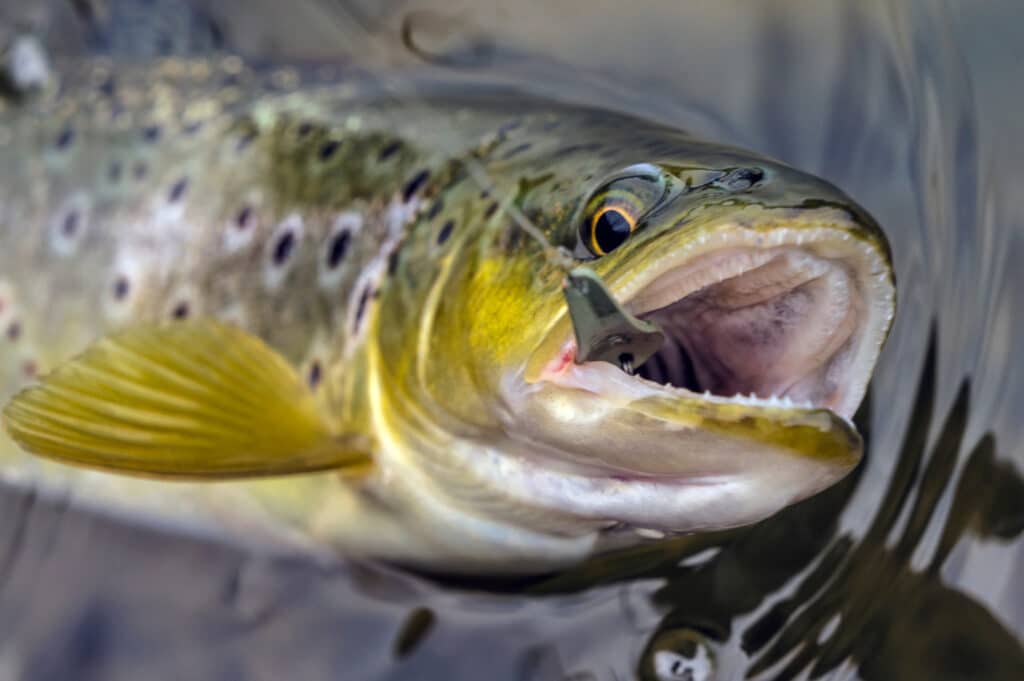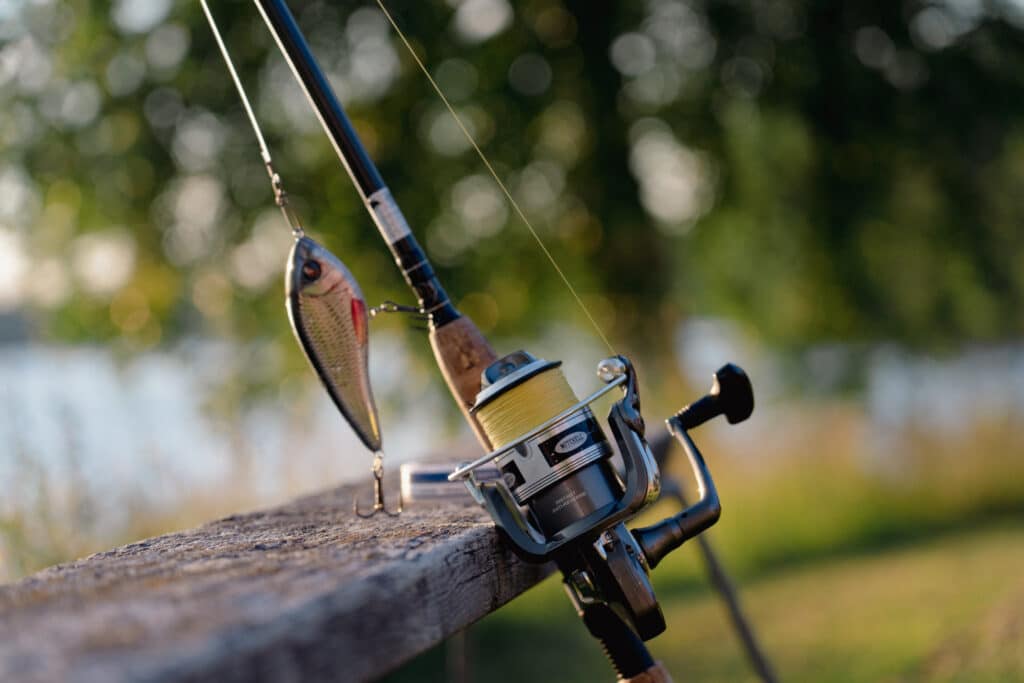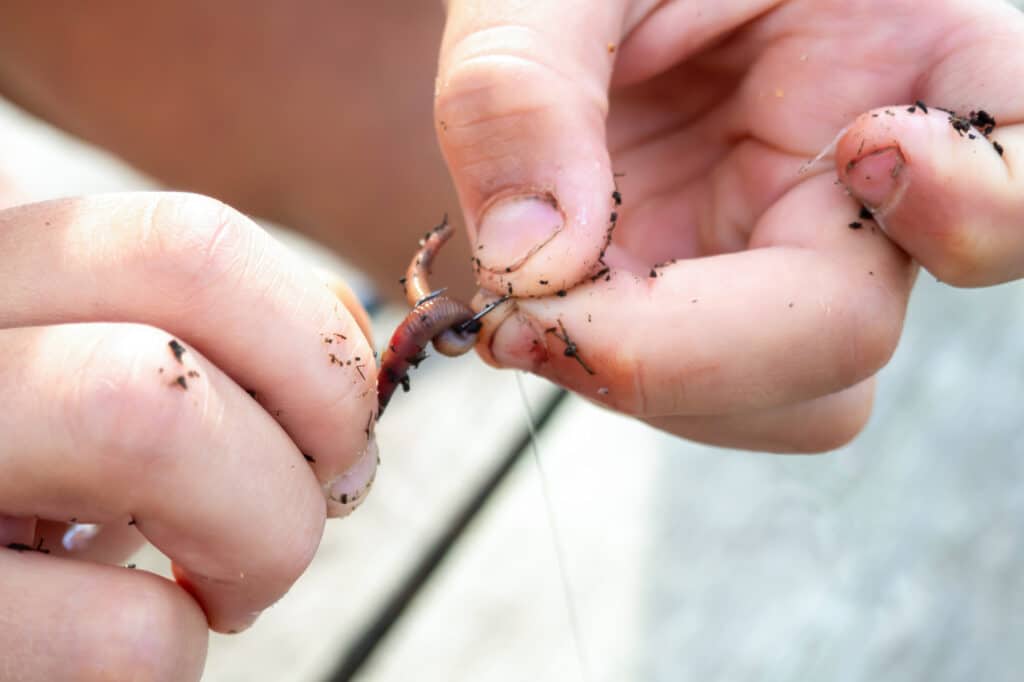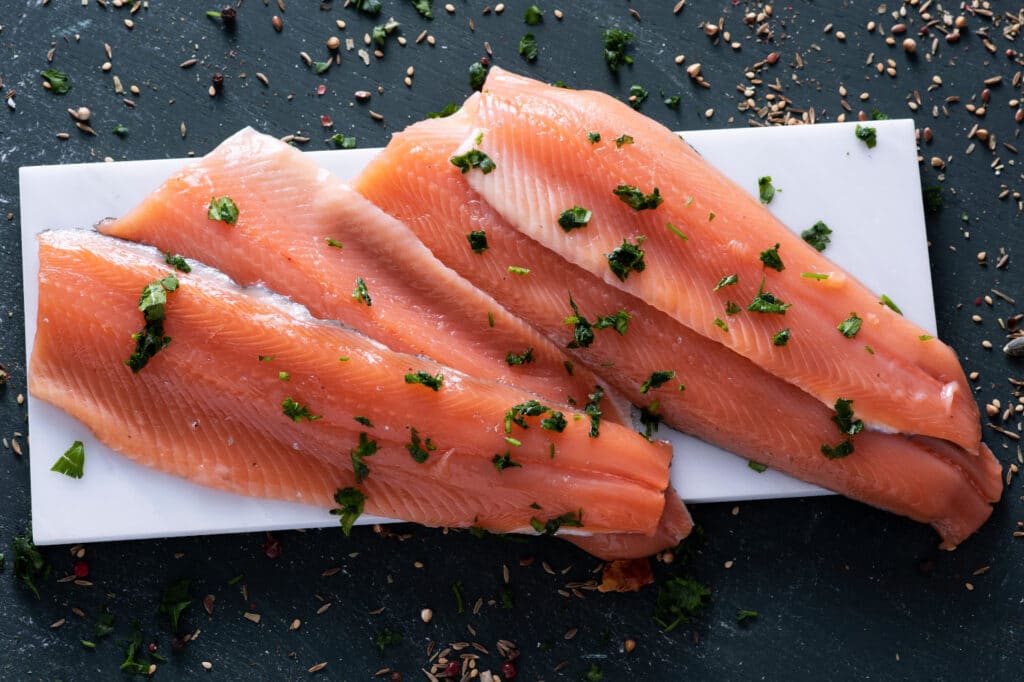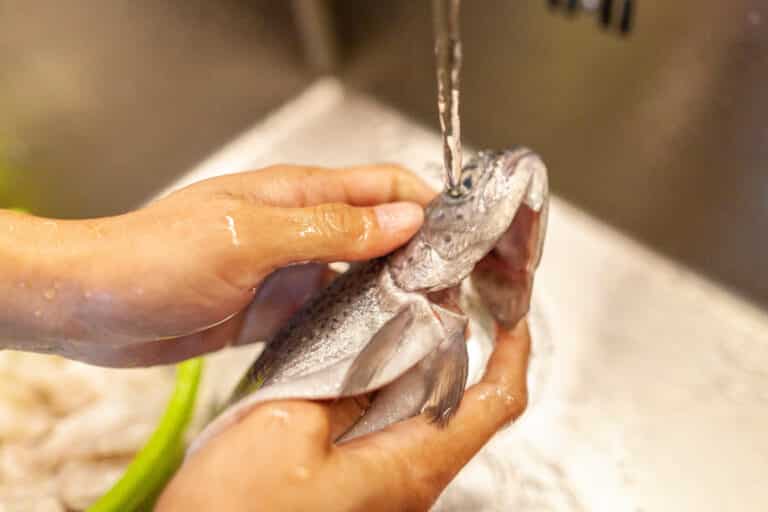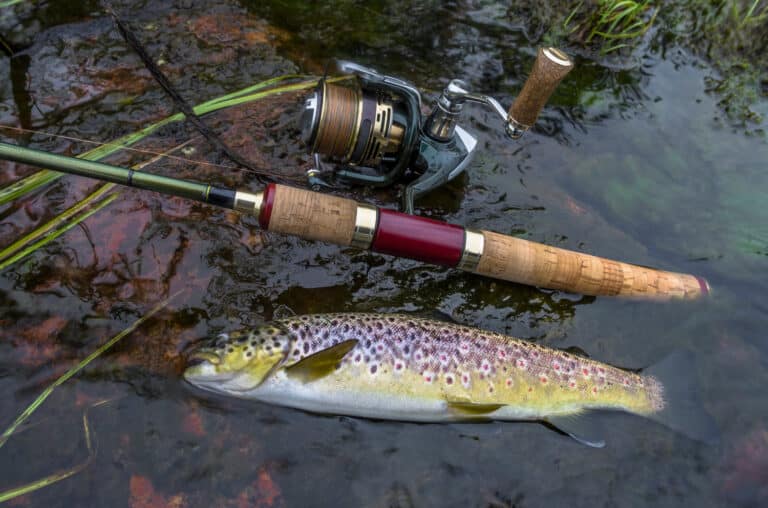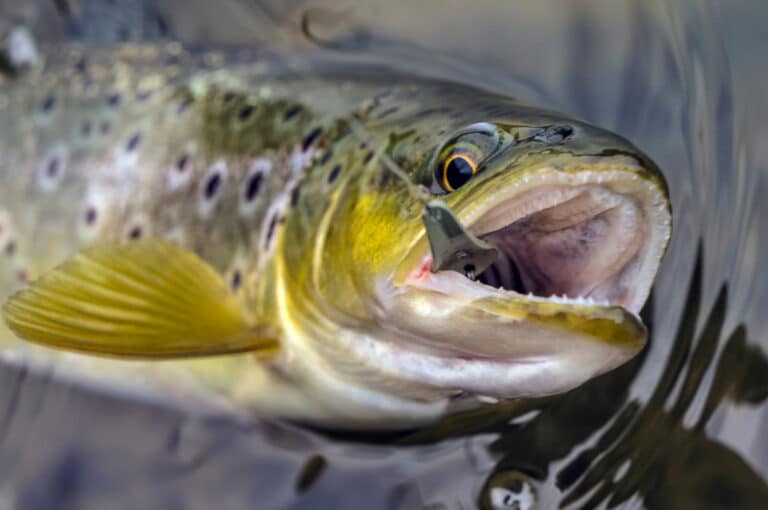When you go hook-and-line fishing, there are so many different factors involved that any number of them could be your key to success. But when it comes to Dungeness crabbing, there are only a few variables, and the most important one is having the best bait.
I’ve spent a ridiculous amount of time trying to catch Dungeness crabs, and in my quest for fuller pots and quicker limits, I’ve tested just about every bait you can think of. In this article, I’m going to go over my all-time favorite Dungeness crab baits, based on hundreds of hours of experience and many failed experiments. I’ll also give you some popular baits you should steer clear of, no matter who tries to convince you otherwise (ahem, crab gear salesmen).
At this point, I’m pretty confident in my bait setup. Next time you go crabbing, here are the best baits that you should use to fill the cooler.
The Wild Provides is a participant in the Amazon Affiliate program. If you click through one of the links on this site and make a purchase, we may receive a small commission at no extra cost to you. It helps to keep us up and running, but all recommendations are my own honest opinions.
1. Clams
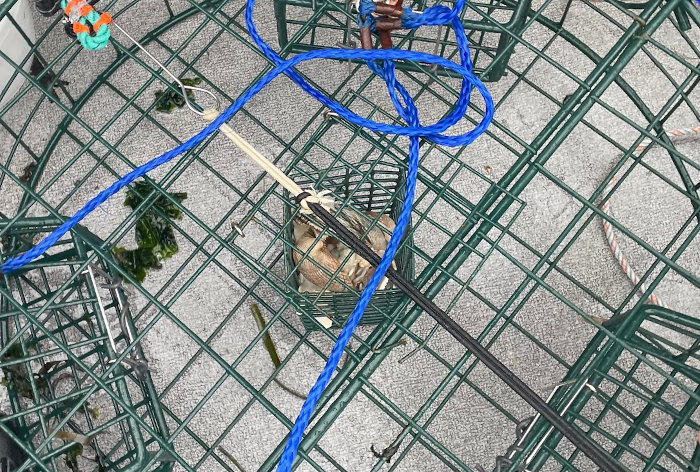
Before you let a sporting goods store employee try to sell you on the virtues of mink, I’m going to tell you right now; commercial crabbers almost exclusively use clams as bait.
If you think about it, this makes a ton of sense. Crabs hang out on the ocean floor, eating whatever they can get their claws on. More often than not, the easiest meals are clams, mussels, and sand shrimp. Though crabs can and do eat fish, mollusks are their main food source.
The problem with clams is that they’re way too expensive to buy for crab bait. Depending on the species, they can cost anywhere from $20 to $40 a pound. But if you have access to crabbing spots, you probably have some clam beds close by, too, and that’s where you should get them. You can dig clams at low tide and catch crabs at high tide; it’s the perfect way to spend a day at the coast.
Digging Your Own Clams For Crab Bait
In Oregon, one of the best opportunities is digging for invasive purple varnish clams. The daily limit is 72 per person, and they’re so densely populated that you can often limit out in less than an hour.
Other good options are cockles or softshells. If you clean them fresh (as opposed to steaming them), you can actually put the whole, cleaned shells and guts in your bait bag and save the rest for eating. This is my go-to method for razor clams, because I would never use the best-eating clam around for bait (learn more about razor clam digging here). We’ve seen the shell-and-guts method work just as well as whole clams, so clams really are a great 2-for-1 bait.
Always be sure to follow your local regulations, and be careful with the resource. Many clams are relatively slow to grow, so I try not to hit any individual clam spot too often.
2. Raw chicken Necks, Legs, Or Thighs
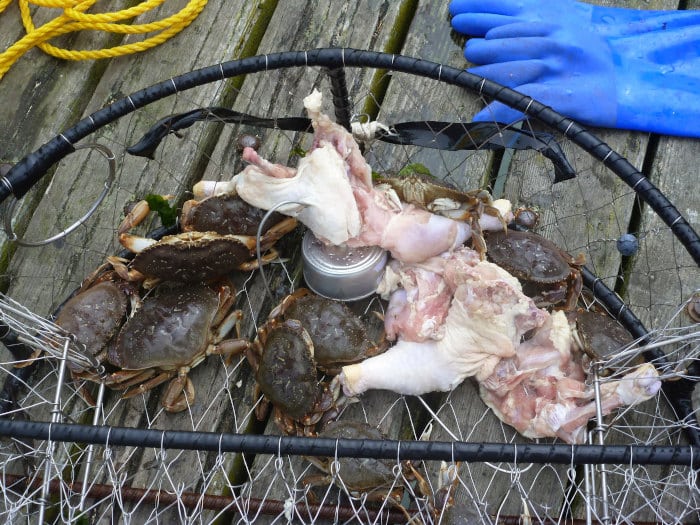
If you hit the local crab pier or dock and start asking around, you’ll find that most of the regulars use chicken. If you don’t have access to clams, crabbing with raw or frozen chicken is a good alternative. Chicken isn’t a natural food source, but gulls and waterfowl certainly are, so it makes sense that chicken is good bait.
But there’s one important thing to remember, and that’s to use necks, legs, or thighs, and stay away from chicken breasts. The reason is that necks, legs, and thighs are all fatty cuts of meat. Oil and water don’t mix, so the fats can disperse a lot farther in the water than proteins, which quickly dissolve and dilute. That dispersal leaves an unmistakable scent trail for crabs to follow, and they’ll come in to your bait from long distances.
This makes sense from a scientific perspective, but it also just proves to be true on the water. We’ve tried both breasts and fattier cuts, and the fatty cuts always perform better.
I think between necks, legs, and thighs, it’s really just personal preference. Many crabbers swear by chicken necks because they’re harder for crabs to eat off of (therefore keeping them around longer), but we’ve been successful with all of them.
3. Oily Fish Carcasses
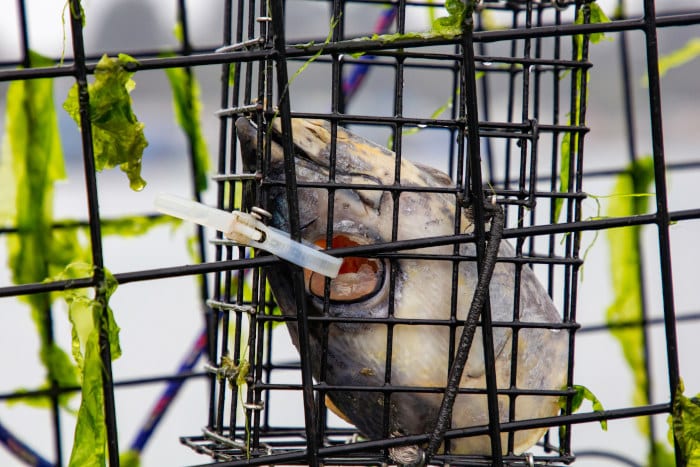
Fish carcasses are another natural food source for crabs, and just like with chicken, the oilier the better. Many sporting goods stores sell salmon carcasses, and these work great.
Super oily fish like herring or tuna belly are probably better, but these are so expensive that they’re better used to catch pickier creatures (like salmon). If you go to the fish cleaning station during tuna or salmon seasons, though, you can often get some of the best bait around for free. Just check the dumpsters for fresh fish carcasses (tuna and salmon heads especially are phenomenal bait).
If you do any fishing yourself, save and freeze the carcasses for crab bait. The best fish are local fish; salmon, tuna, or lingcod are great for attracting crabs. Though they wouldn’t be my first choice, even lean fish like rockfish can work too.
One thing to keep in mind with fish is that unlike with clams or chicken, seals and sea lions will be attracted to your bait too. In some crabbing areas, they aren’t an issue. But there are plenty of good crabbing spots where seals will tear up your crab pots and rings trying to get to the fish. In these areas, it’s best to avoid using it.
4. Pro-Cure Crab And Shrimp Attractant
Pro-Cure crab attractant is everything that Dungeness crabs love; fish oils, salmon eggs, and fishy amino acids. The reason it’s number four on the list, though, is that it doesn’t really work on its own.
To use this attractant effectively, you have to have something for it to soak into. One method that works great for dispersal is to soak strips of a towel or old clothing and zip-tie them to your trap. You still need some kind of real bait though, because Dungeness crabs will very quickly realize there isn’t actually anything to eat. A crab that can’t eat will find a way out of your pot, whether it smells food there or not.
But this attractant is one of the best ways to spice up some less-than-perfect baits, like lean rockfish, mink, or chicken breasts. The smell will draw them in, and the actual food will make them stick around when they get there. If you want to buy some, you can get it on Amazon.
Baits That Aren’t Worth It
In my never-ending quest to catch Dungeness crab, I’ve tried just about everything. The baits listed above are the only ones I ever use, and the bait of the day just depends on what’s most available at the time. Because one or more of those baits are always available and/or cheap, here are the baits that just aren’t worth messing with ever.
Mink
Mink sucks, plain and simple. They’re ubiquitous at coastal sporting goods stores, but that’s really only because they’re a byproduct of the fur industry. They’ll catch you a few crabs, sure, but they don’t even come close to chicken or clams.
Cat Food
Using cat food as crab bait is a symptom of the “the stinkier the better” mentality. It is often made of fish, but that’s about all it has going for it. Poking holes in the can doesn’t make for great scent dispersal, and the crabs can’t actually eat the food. But if you open the can fully the bait will be gone in minutes, and so will any potential eaters. Even in a best-case scenario, cat food as bait is a waste of money.
Hot Dogs
I think hot dogs became popular because you can get them for super cheap, but chicken necks are cheap, too, and work much better. Hot dogs are also not natural, and they’re just harder to bait traps with than the best baits. With so many other options, skip the hot dogs next time you go crabbing.
How To Bait Your Traps: Tips and Tactics
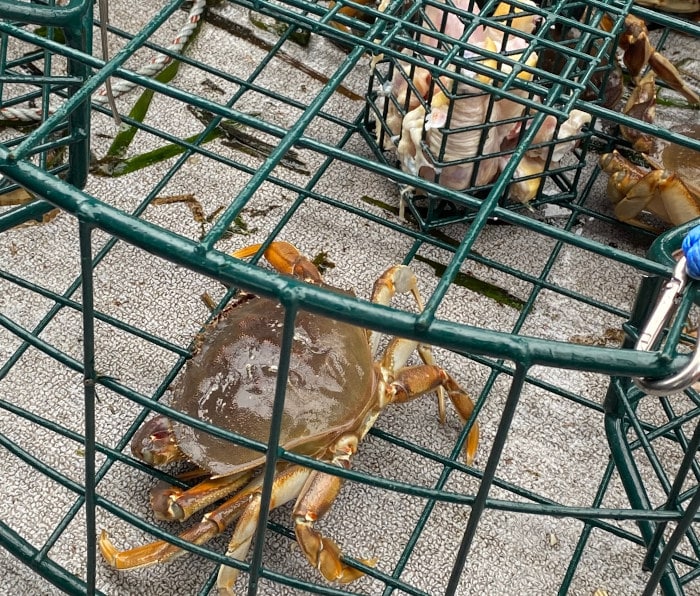
Here are some general rules to follow when selecting and using crab baits. These not only ensure that you’re using the bait that’s most attractive, but also that the Dungeness crabs will stick around long enough for you to catch them.
Use The Freshest Bait Available
For whatever reason, people seem to have the idea that crabs prefer nasty, rotting bait. The idea is that rotting bait has a stronger smell, and stronger-smelling baits bring in more crabs. But Dungeness crabs like fresh food as much as any animal, and in my experience, rotting bait is a big turn-off to them.
Instead, fresh bait is the way to go. A crab’s sense of smell is highly tuned, and they know the difference from a long way off. In this case, fresh can also mean pre-frozen; but as long it’s fresh enough that you would eat it (or pretty close to that), it’s plenty fresh for a crab.
Use A Bait Box Or Bait Bag
This isn’t really a tactic for drawing more crabs in, but it accomplishes two very important things.
The first is that it prevents crabs from eating your bait too quickly. They’ll have to work to get little pieces, so your bait will last long enough to bring in more crabs from farther away and keep the ones that are already there in the pot.
The second is that nothing can run away with your bait. Crabs are strong, and a horde of them can easily rip big chunks of chicken meat off of an exposed leg. Once that happens, those chunks can drift away from your traps, and with the bait go the crabs.
When the crabbing is hot, I’ve seen exposed baits on a crab ring get devoured in a matter of minutes. The longer that bait lasts, the better your chance of pulling up a keeper.
I usually use bait bags like these because the holes are smaller than a bait box, but these types of bait boxes can work great, too.
Freeze Your Bait
Again, using frozen bait isn’t really a tactic for bringing in more crabs. But it is a great tactic for slowing your bait loss. As soon as your frozen chicken, clams, or mink hit the water, the outer layer begins thawing and dispersing scent. But when the crabs arrive, they’ll have a harder time pulling frozen pieces through the holes in the bait box. This keeps them around plenty long enough to catch them.
Final Thoughts
Catching Dungeness crabs really isn’t too difficult, but using the right bait is important. The best baits are fatty, relatively natural, and long-lasting. And in my experience, the baits I’ve listed in this article are the most consistent Dungeness crab catchers. Now go dig some clams, get out there, and catch some crabs!

